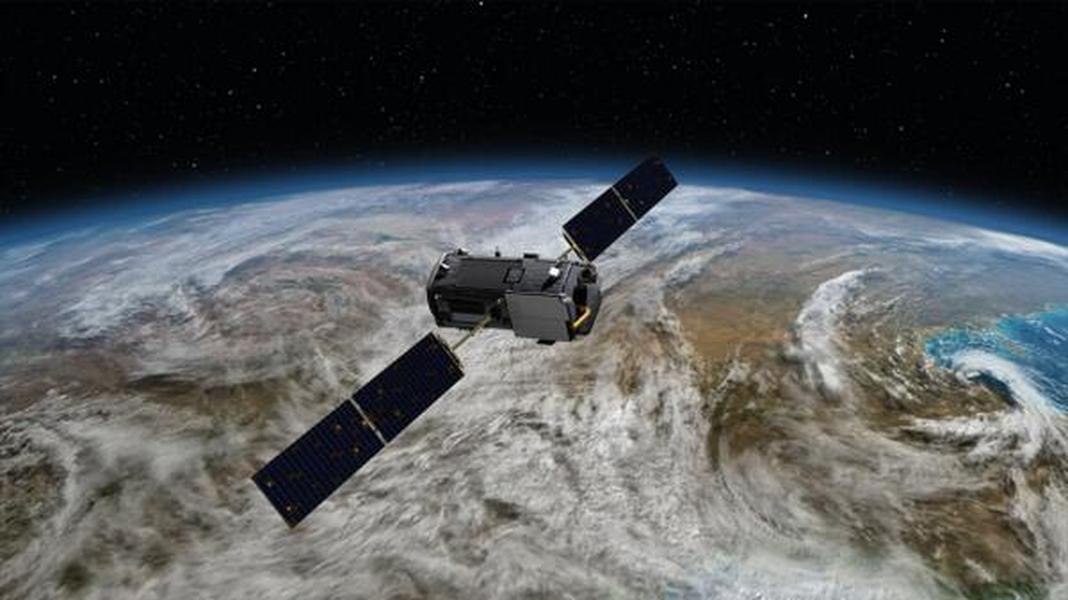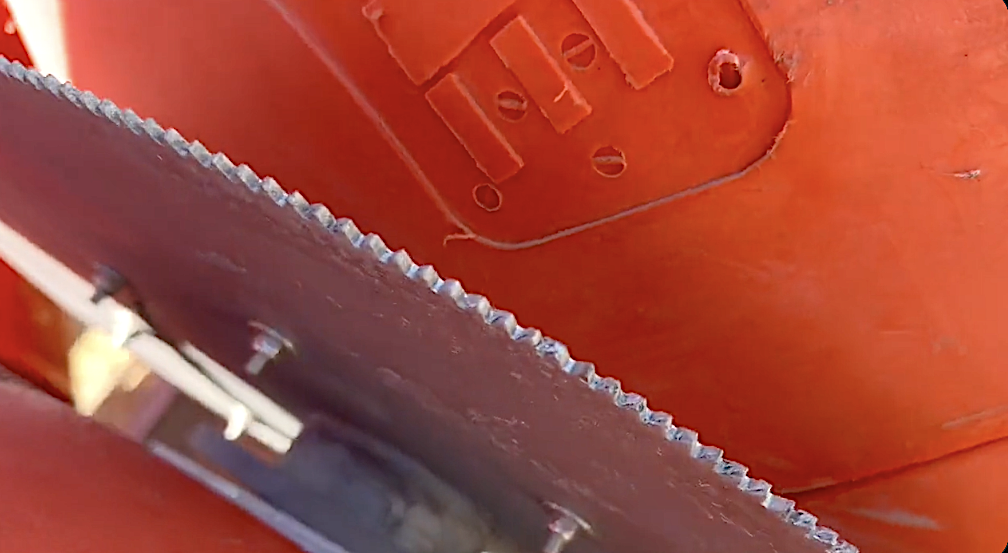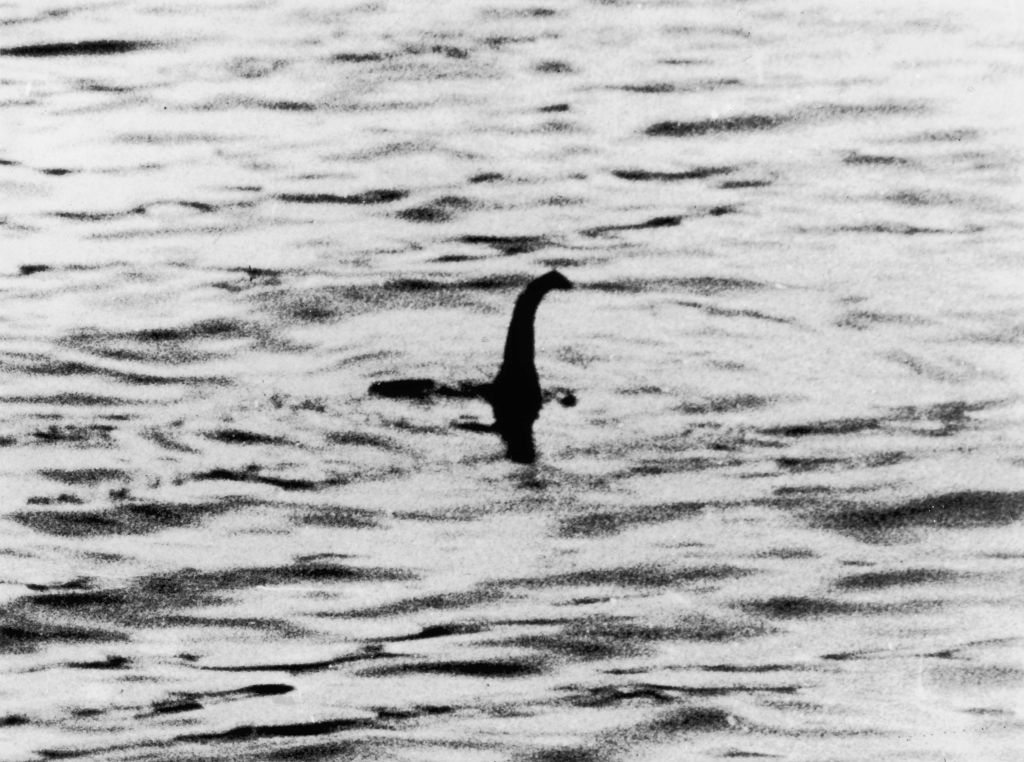NASA's carbon dioxide tracking satellite ready for Tuesday launch


On Tuesday, the first spacecraft with the sole mission of studying carbon dioxide in the Earth's atmosphere will launch.
NASA's $465 million Orbiting Carbon Observatory-2 satellite (OCO-2) will blast off from California's Vandenberg Air Force Base at 2:56 a.m. local time. The satellite will go to the polar orbit 483 miles above the Earth and give scientists insight into the planet's carbon cycle and identify man-made and natural sources of carbon sinks, like forests and oceans, which remove C02 from the atmosphere.
The concentration of atmospheric carbon dioxide has grown from 280 parts per million before the Industrial Revolution to 400 parts per million today, Space.com reports. Scientists believe this increase is the reason behind the Earth's warming trend. It is at its highest concentration in at least 800,000 years, with 40 billion tons of CO2 entering the atmosphere every year. Sinks are only able to remove 20 billion tons on average each year.
The Week
Escape your echo chamber. Get the facts behind the news, plus analysis from multiple perspectives.

Sign up for The Week's Free Newsletters
From our morning news briefing to a weekly Good News Newsletter, get the best of The Week delivered directly to your inbox.
From our morning news briefing to a weekly Good News Newsletter, get the best of The Week delivered directly to your inbox.
"Now that humans are acknowledging the environmental effects of our dependence on fossil fuels and other carbon dioxide–emitting activities, our goal is to analyze the sources and sinks of this carbon dioxide and to find better ways to manage it," says Gregg Marland, geology professor at Appalachian State University in North Carolina.
NASA will begin streaming live coverage of the launch on NASA TV starting at 3:45 a.m. ET Tuesday.
A free daily email with the biggest news stories of the day – and the best features from TheWeek.com
Catherine Garcia has worked as a senior writer at The Week since 2014. Her writing and reporting have appeared in Entertainment Weekly, The New York Times, Wirecutter, NBC News and "The Book of Jezebel," among others. She's a graduate of the University of Redlands and the Columbia University Graduate School of Journalism.
-
 Venezuela’s Trump-shaped power vacuum
Venezuela’s Trump-shaped power vacuumIN THE SPOTLIGHT The American abduction of Venezuelan President Nicolás Maduro has thrust South America’s biggest oil-producing state into uncharted geopolitical waters
-
 Most data centers are being built in the wrong climate
Most data centers are being built in the wrong climateThe explainer Data centers require substantial water and energy. But certain locations are more strained than others, mainly due to rising temperatures.
-
 ‘Maps are the ideal metaphor for our models of what the world might be’
‘Maps are the ideal metaphor for our models of what the world might be’Instant Opinion Opinion, comment and editorials of the day
-
 Nobody seems surprised Wagner's Prigozhin died under suspicious circumstances
Nobody seems surprised Wagner's Prigozhin died under suspicious circumstancesSpeed Read
-
 Western mountain climbers allegedly left Pakistani porter to die on K2
Western mountain climbers allegedly left Pakistani porter to die on K2Speed Read
-
 'Circular saw blades' divide controversial Rio Grande buoys installed by Texas governor
'Circular saw blades' divide controversial Rio Grande buoys installed by Texas governorSpeed Read
-
 Los Angeles city workers stage 1-day walkout over labor conditions
Los Angeles city workers stage 1-day walkout over labor conditionsSpeed Read
-
 Mega Millions jackpot climbs to an estimated $1.55 billion
Mega Millions jackpot climbs to an estimated $1.55 billionSpeed Read
-
 Bangladesh dealing with worst dengue fever outbreak on record
Bangladesh dealing with worst dengue fever outbreak on recordSpeed Read
-
 Glacial outburst flooding in Juneau destroys homes
Glacial outburst flooding in Juneau destroys homesSpeed Read
-
 Scotland seeking 'monster hunters' to search for fabled Loch Ness creature
Scotland seeking 'monster hunters' to search for fabled Loch Ness creatureSpeed Read
